A particle is placed at the origin and a force F=Kx is acting on it (where k is a positive constant). If U(0)=0, the graph of U(x) verses x will be (where U is the potential energy function.)


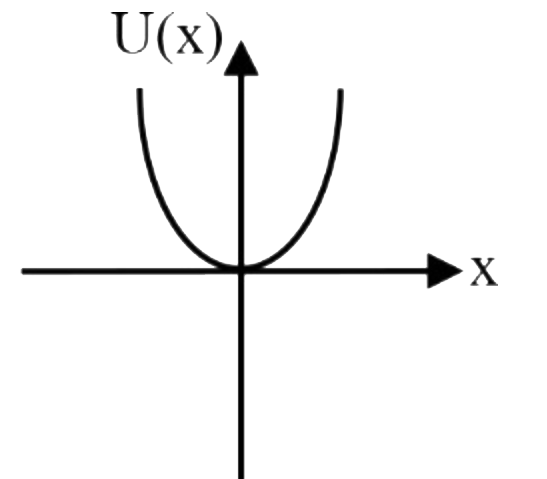
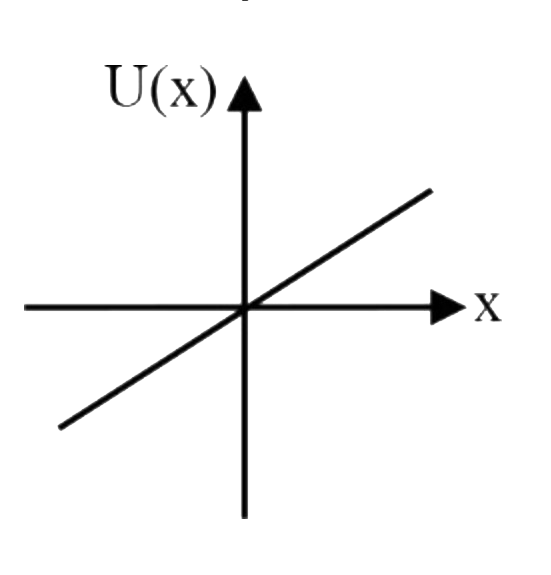
The correct Answer is:A
To solve the problem, we need to find the potential energy function U(x) given the force F=kx, where k is a positive constant. We know that the force is related to the potential energy by the equation:
F=−dUdx
Step 1: Relate Force to Potential Energy
Given the force F=kx, we can substitute this into the equation:
kx=−dUdx
Step 2: Rearranging the Equation
Rearranging the equation gives us:
dUdx=−kx
Step 3: Integrate to Find Potential Energy
Now, we need to integrate both sides with respect to x:
dU=−kxdx
Integrating both sides:
U=−12kx2+C
Step 4: Determine the Constant of Integration
We are given that U(0)=0. Plugging in x=0:
U(0)=−12k(0)2+C=0⟹C=0
Thus, the potential energy function simplifies to:
U(x)=−12kx2
Step 5: Analyze the Graph of U(x)
The equation U(x)=−12kx2 represents a downward-opening parabola. The vertex of this parabola is at the origin (0,0), and as x moves away from the origin in either direction, U(x) becomes more negative.
Conclusion
The graph of U(x) versus x is a downward-opening parabola symmetrical about the U-axis with the vertex at the origin.
Given the force F=kx, we can substitute this into the equation:
Rearranging the equation gives us:
Now, we need to integrate both sides with respect to x:
We are given that U(0)=0. Plugging in x=0:
The equation U(x)=−12kx2 represents a downward-opening parabola. The vertex of this parabola is at the origin (0,0), and as x moves away from the origin in either direction, U(x) becomes more negative.
The graph of U(x) versus x is a downward-opening parabola symmetrical about the U-axis with the vertex at the origin.
Similar Questions
On a particle placed at origin a variable force F=−ax(where a is a positive constant) is applied. If U(0)=0, the graph between potential energy of particle U(x) and x is best represented by:-
View SolutionA particle of mass m is executing osciallations about the origin on the x-axis with amplitude A. its potential energy is given as U(x)=αx4, where α is a positive constant. The x-coordinate of mass where potential energy is one-third the kinetic energy of particle is
View Solution
Knowledge Check
- Question 1 - Select One
The potential energy function for a particle executing linear SHM is given by V(x)=12kx2 where k is the force constant of the oscillator. For k=0.5Nm−1, the graph of V(x) versus x is shown in the figure A particle of total energy E turns back when it reaches x=±xm.if V and K indicate the potential energy and kinetic energy respectively of the particle at x=+xm,then which of the following is correct?
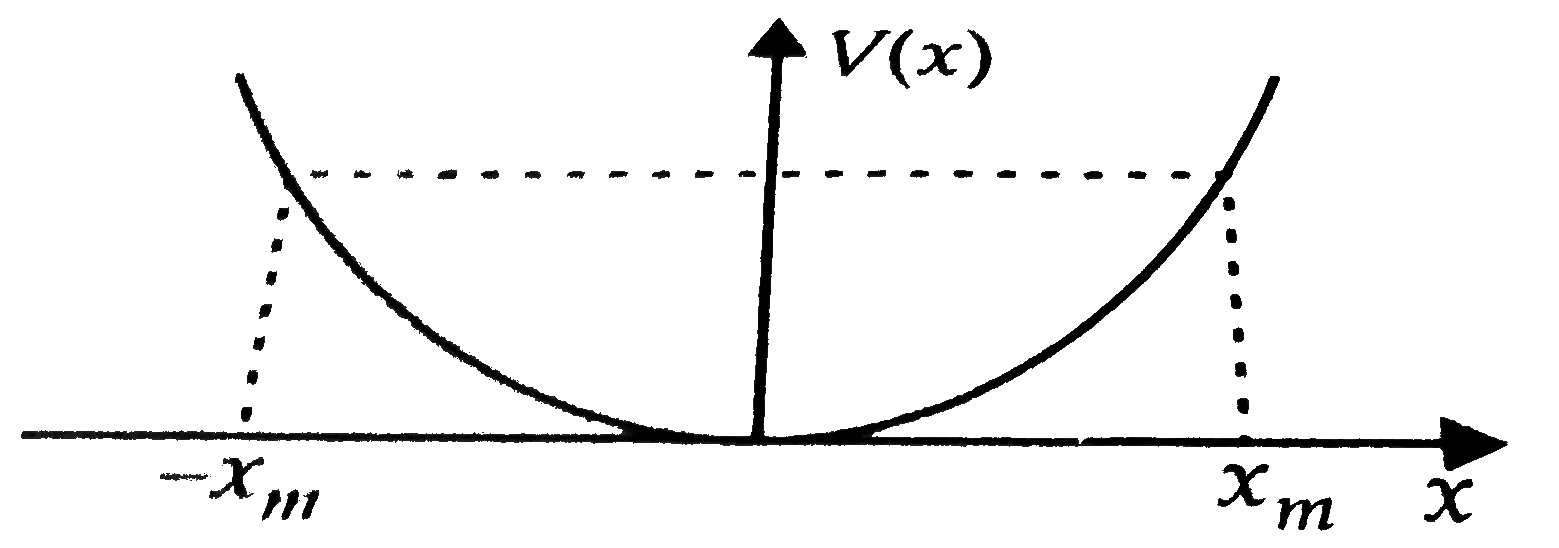 AV=0, K=EBV=E, K=0CV lt K, K=0DV=0, K lt E
AV=0, K=EBV=E, K=0CV lt K, K=0DV=0, K lt E
A particle, which is constrained to move along x-axis, is subjected to a force in the some direction which varies with the distance x of the particle from the origin an F(x)=−kx+ax3. Here, k and a are positive constants. For x(≥0, the functional form of the potential energy (u) U of the U (x) the particle is.
(a)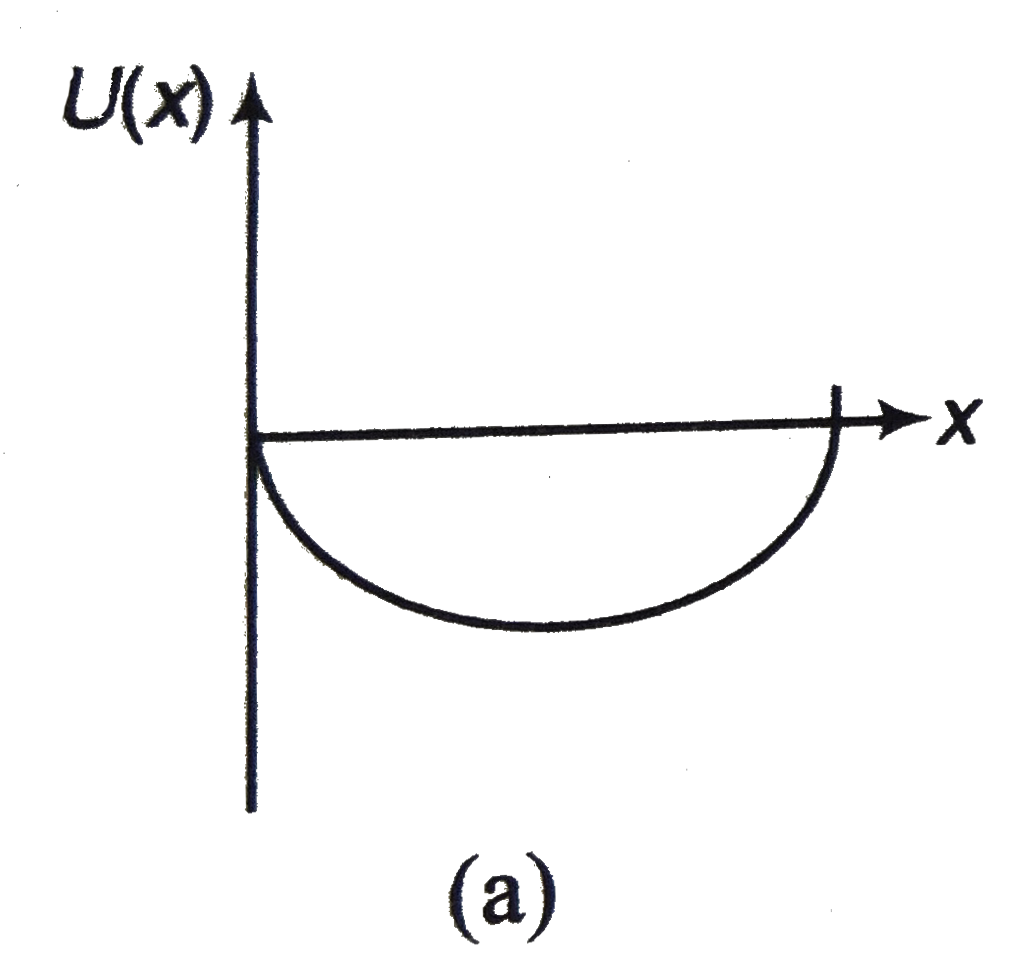 , (b)
, (b)  , (c)
, (c) 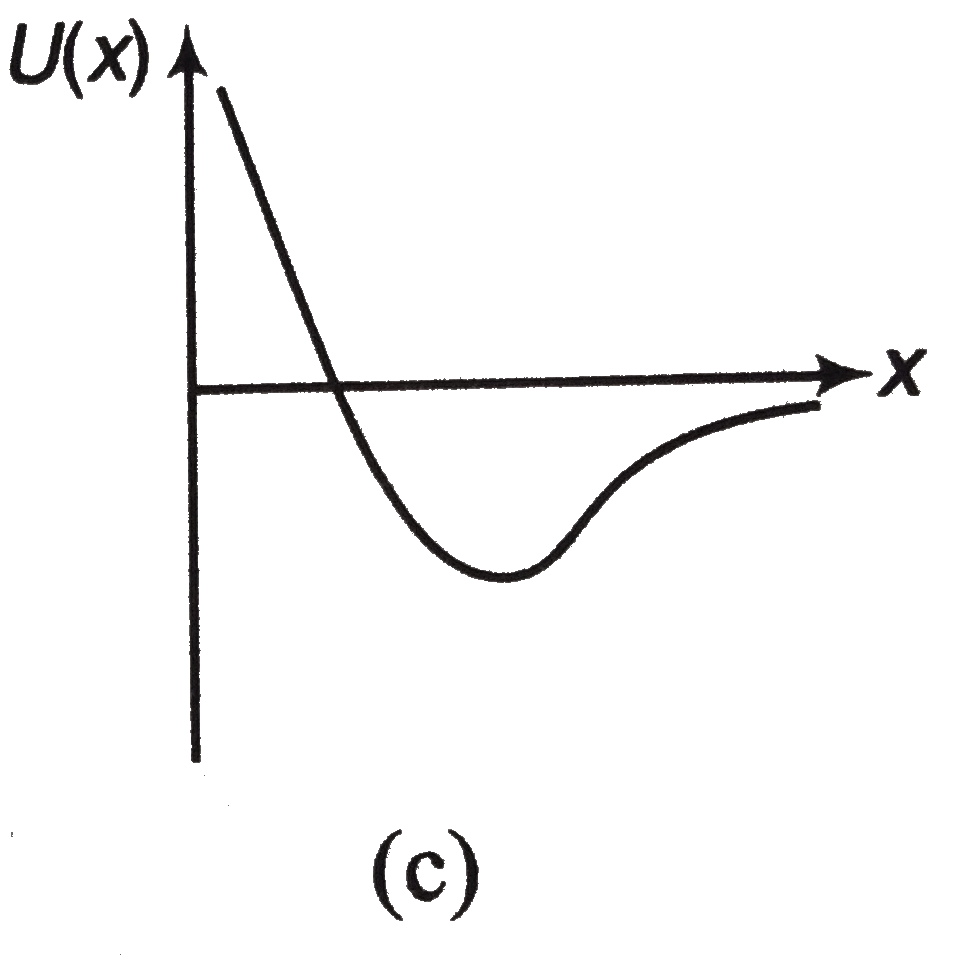 , (d)
, (d) 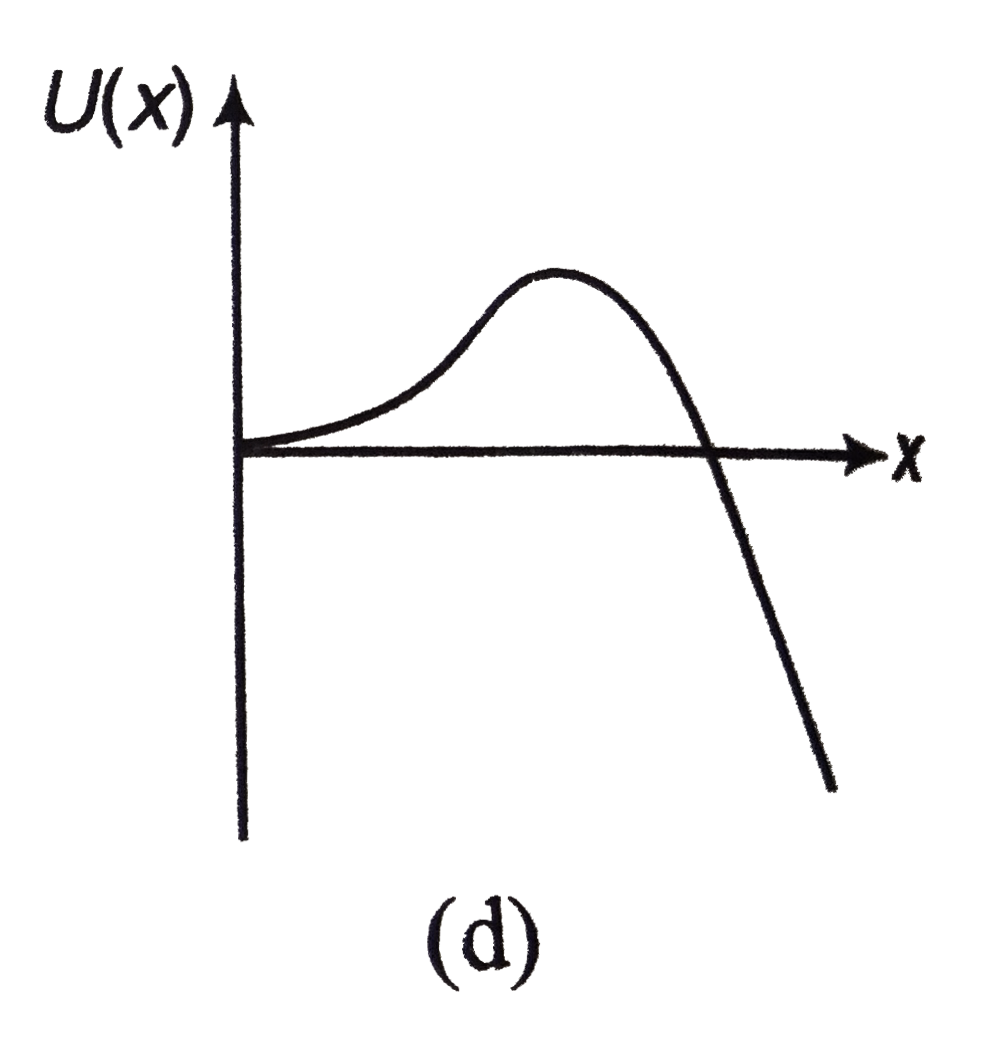 . View Solution
. View SolutionThe potential energy U for a force field →F is such that U=−kxy where K is a constant . Then
View SolutionThe potential energy of configuration changes in x and y directions as U=kxy, where k is a positive constant. Find the force acting on the particle of the system as the function of x and y.
View SolutionA particle is acted by x force F=Kx where K is a(+ve) constant its potential energy at x=0 is zero . Which curve correctly represent the variation of potential energy of the block with respect to x
View SolutionA particle free to move along x-axis is acted upon by a force F=−ax+bx2whrteaandbarepositiveconstants., the correct variation of potential energy function U(x) is best represented by.
View SolutionA particle moving along the X-axis executes simple harmonic motion, then the force acting on it is given by
where, A and K are positive constants.View SolutionA particle of mass m moves in a one dimensional potential energy U(x)=−ax2+bx4, where a and b are positive constant. The angular frequency of small oscillation about the minima of the potential energy is equal to
View Solution
